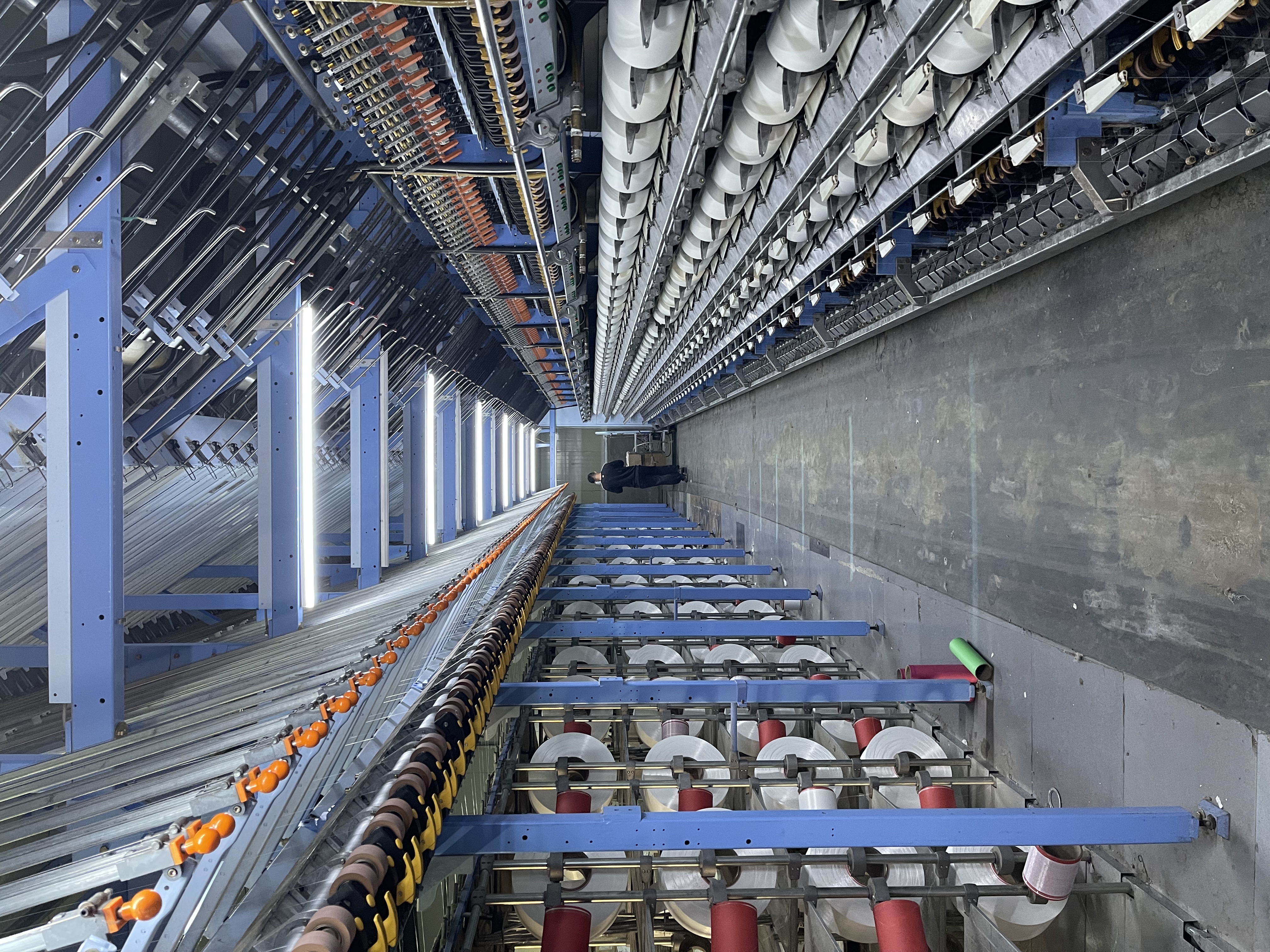The performance of car towels depends largely on its material selection and special processing technology. Unlike ordinary household towels, car-specific towels have more stringent requirements in terms of fiber raw materials, weaving processes and finishing technologies to ensure that they can meet the special needs of car beauty and care. These differences in materials and processes directly determine the cleaning effect, durability and protection of the towel for car paint.
Microfiber is the mainstream material choice for high-end car towels. The diameter of a single fiber can be as thin as 0.01 mm, which is equivalent to 1/100 of a human hair. This extremely fine fiber structure creates a huge surface area, giving the towel super strong water absorption and adsorption capacity, which can quickly absorb liquids and effectively capture tiny particles. In terms of weaving technology, car towels mostly adopt a borderless cutting design. The edges are specially treated to prevent pilling or pilling, avoiding the possible scratches on the car paint caused by the shedding of fibers on the edges of traditional towels1. This design not only improves the safety of use, but also enables the towel to perfectly fit the curve of the car body, ensuring that there is no dead angle in cleaning, especially when dealing with complex curved surfaces of the car body.
For terry cloth for automotive interiors, such as the GPB100D model, the production process is more complex and precise. This type of product uses 100D/36F DTY low-stretch yarn as raw material, and is woven at a density of 19 needles/inch on a 30-inch diameter loom, with a total of 1,800 needles. The unique needle arrangement process (A, B, A, B alternating) and differentiated yarn length control (bottom yarn 16.5cm/50 needles, terry 28cm/50 needles) give the cloth ideal mechanical properties and touch. In the finishing stage, after 120℃ dye vat washing and 210℃ high temperature setting, special additives such as flame retardants, hydrophilic silicone oil or stiffeners may be added according to customer needs. The final finished product thickness is controlled between 0.60-0.68mm, perfectly balancing strength and softness.
In terms of functional processing, high-end automotive towels often use multiple finishing technologies to enhance their professional performance. Antibacterial treatment can inhibit bacterial growth and avoid odor; hydrophilic treatment can increase water absorption speed and capacity; antistatic treatment can reduce dust absorption; and some products have slow-release wax ingredients added to provide additional protection for the paint surface while cleaning. These special treatments make car towels not only a cleaning tool, but also an important part of the car care system. It is worth noting that the pH value of high-quality car towels is usually controlled in the neutral range to avoid adverse effects on car wax or crystal coating.
The structural design of car towels is also quite ingenious. The double-layer hetero-structure design is common in high-end products. One side uses a longer loop for absorbing a large amount of liquid or polishing, and the other side uses a short and dense loop for fine wiping; the honeycomb three-dimensional structure increases the surface area and water storage space; some products also incorporate a guide groove design to help quickly guide water. These structural innovations combined with the lock edge process ensure the firmness of the edge without affecting the functional performance of the main body of the towel.
With the increasing awareness of environmental protection, the application of sustainable materials in car towels is also gradually increasing. Environmentally friendly materials such as recycled polyester fiber and organic cotton have begun to appear in some high-end product lines, and low-energy and low-water consumption production processes are valued by manufacturers. In the future, car towels with excellent performance and environmental protection characteristics will become the new favorite of the market, which puts higher requirements on material selection and process innovation, and also promotes the entire industry to develop in a more green and sustainable direction.
Post time: Jun-27-2025


